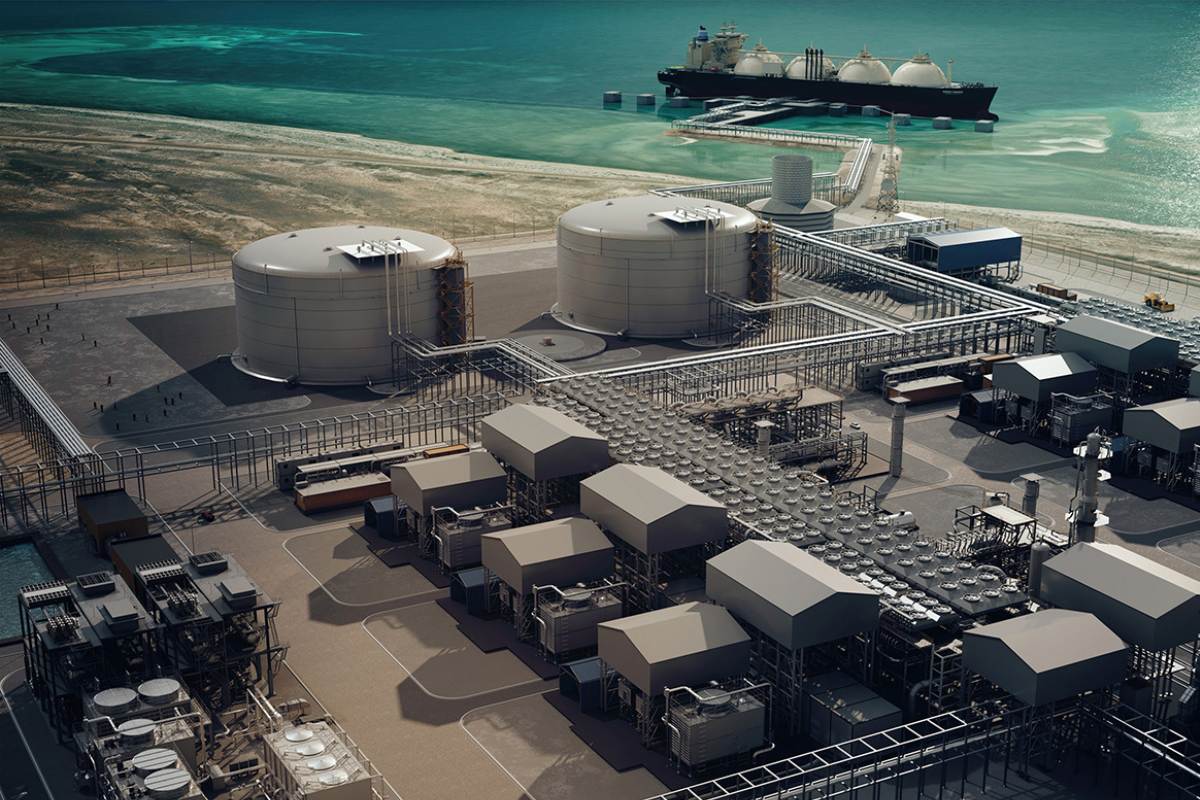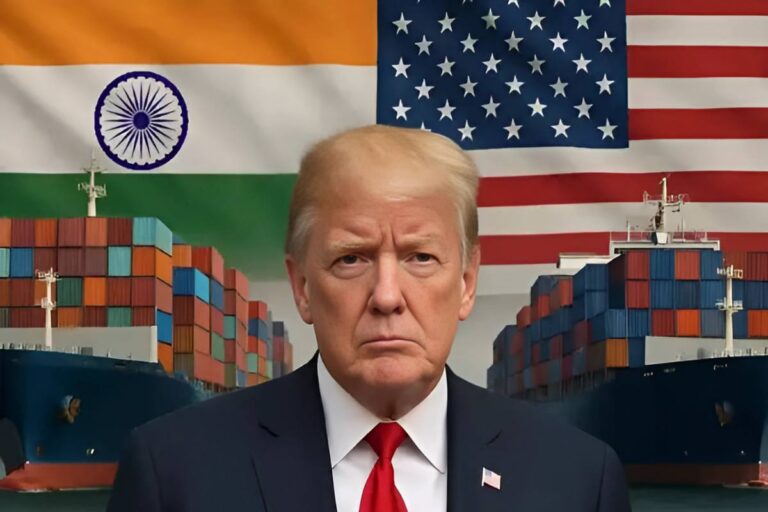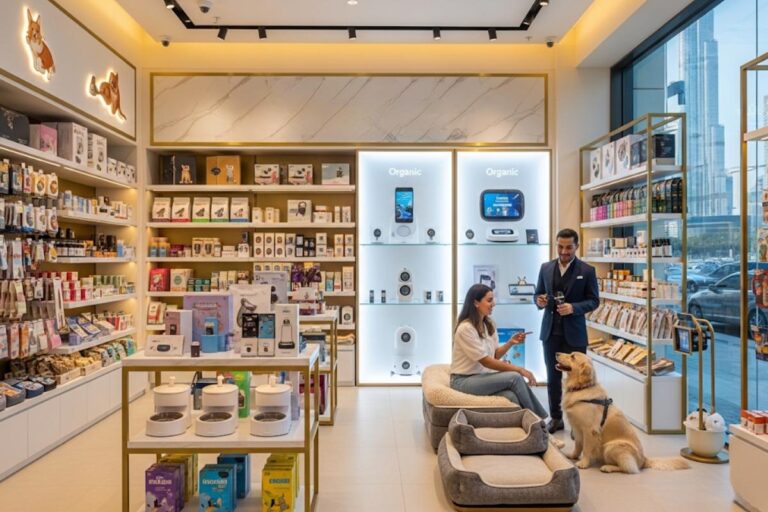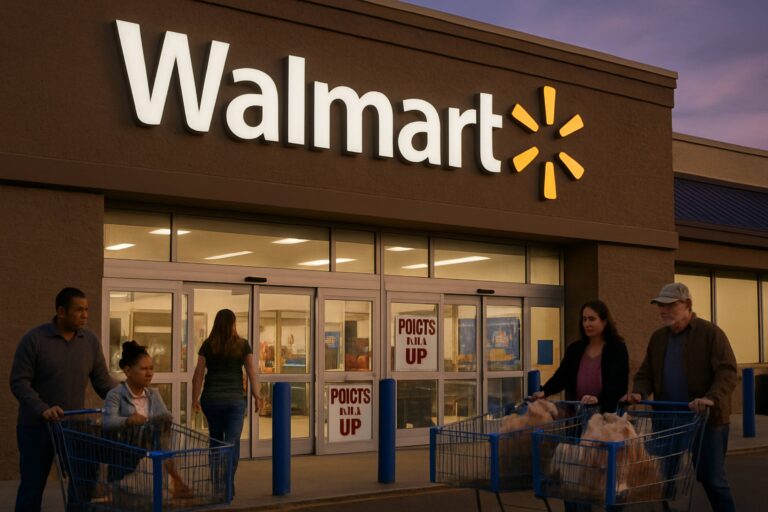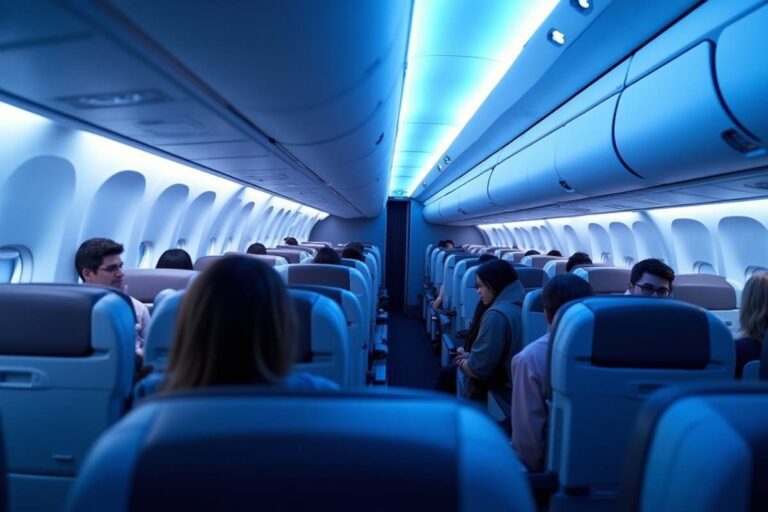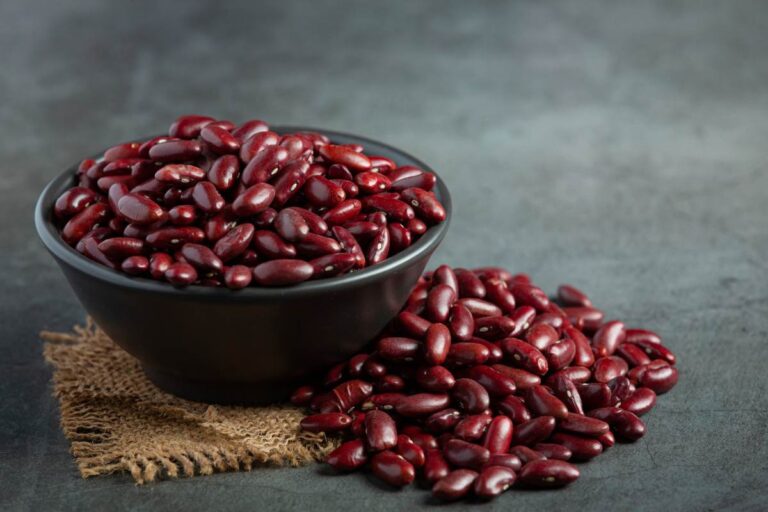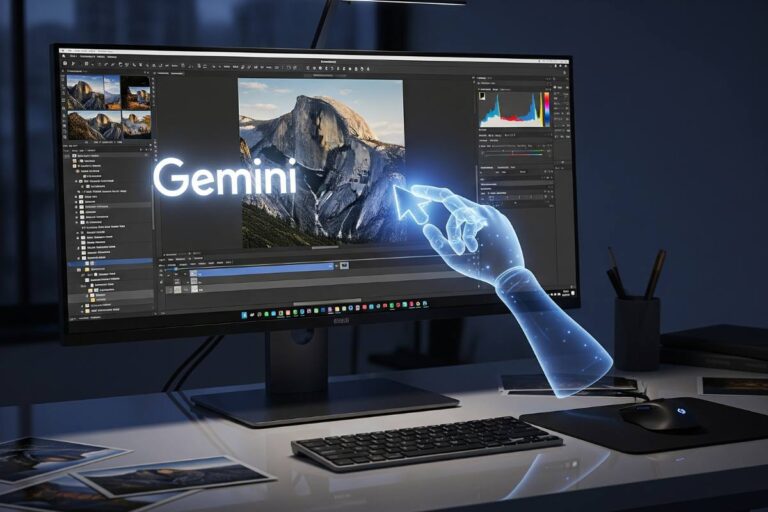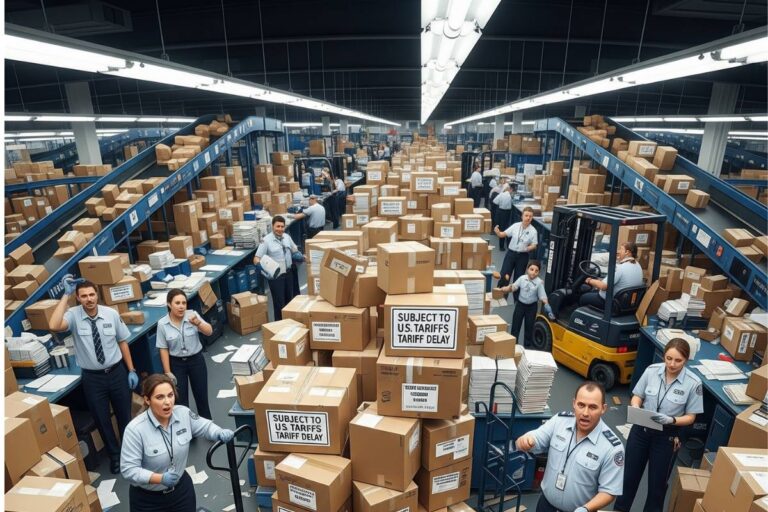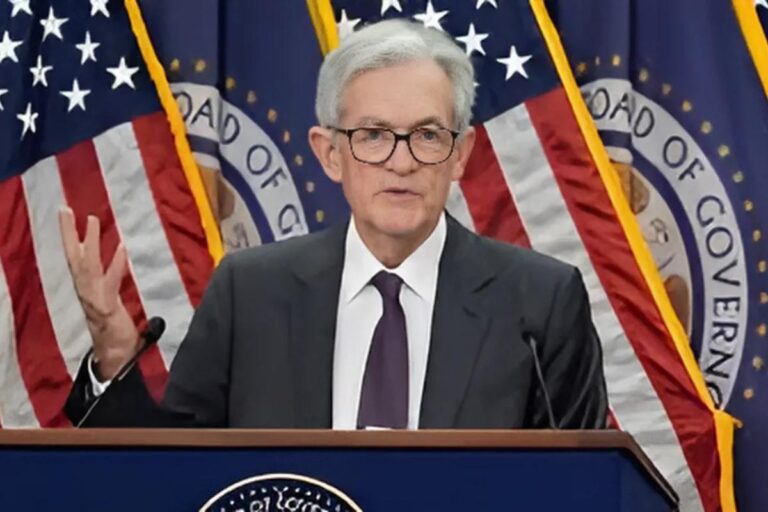ADNOC has inked a 15‑year LNG sales and purchase agreement with Indian Oil Corporation Ltd. (IndianOil) to supply 1 million tonnes per annum from the lower‑carbon Ruwais LNG project – elevating a 2024 heads of agreement into a binding deal that tightens UAE–India energy ties in a very practical way. By 2029, IndianOil is set to become ADNOC’s largest LNG customer at a combined 2.2 mtpa, blending 1.2 mtpa from Das Island with 1 mtpa from Ruwais LNG, with deliveries flexible to ports across India to fit the country’s evolving regas network and demand patterns.
Quick take
- Long‑term supply: 1 mtpa for 15 years, primarily from Ruwais LNG in Abu Dhabi’s Al Ruwais Industrial City, with destination flexibility across Indian ports to enhance reliability and logistics.
- Scale by 2029: IndianOil becomes ADNOC’s largest LNG customer at 2.2 mtpa total – 1.2 mtpa from Das Island and 1 mtpa from Ruwais – consolidating a long‑term anchor relationship in Asia.
- Low‑carbon design: Ruwais LNG is planned as the Middle East’s first LNG plant powered by clean energy, targeting among the region’s lowest carbon intensities.
- Capacity placement: Over 8 mtpa out of Ruwais’ 9.6 mtpa capacity is already committed via long‑term agreements, indicating strong pre‑start demand
The story, put
It’s a big, steadying step: a 15‑year LNG pipeline of sorts – by ship, yes, but steady nonetheless – linking Abu Dhabi’s upcoming Ruwais LNG output with India’s fast‑growing gas market. The agreement converts a September 2024 Heads of Agreement into a full Sales and Purchase Agreement, which, in LNG finance and project management, is the moment when the rubber meets the road and volumes, schedules, and price mechanics are locked in. And because cargoes can land at any Indian port, the contract was clearly built to flex with India’s regas terminals and pipelines as they expand and rotate through maintenance cycles over time
Why it matters
The Ruwais LNG project is marching toward a targeted 2028 commercial start, and this SPA helps de‑risk the development by locking in long‑dated offtake well before commissioning, which lenders and investors tend to view as a sign of bankability in large LNG builds. For India, which remains one of the world’s major LNG importers while pursuing a policy aim to lift gas’s share in the energy mix toward 15% by 2030, predictable volumes with routing flexibility can stabilize supply planning as consumption grows and infrastructure scales up. In bilateral terms, this deal extends a steady run of UAE–India energy and trade cooperation since the 2022 Comprehensive Economic Partnership Agreement – an agreement both sides routinely credit for greasing the rails of cross‑border deals like this one.
What the deal covers
Under the SPA, ADNOC will supply 1 mtpa of LNG to IndianOil for 15 years, primarily from Ruwais LNG, with destination flexibility across India, allowing optimization around terminal slots, pipeline nominations, and seasonal demand. This contract formalizes and expands the 2024 framework, signaling that key commercial terms – volumes, delivery, and timing – have been agreed in a way that lines up with Ruwais’ construction and commissioning schedule. By 2029, IndianOil’s combined 2.2 mtpa offtake across Ruwais and Das Island will make it ADNOC’s largest LNG customer, which is a clear marker of deepening commercial ties
Inside the Ruwais LNG project
Ruwais LNG is designed with two trains of 4.8 mtpa each for a 9.6 mtpa nameplate capacity, and ADNOC is guiding to a 2028 commercial start in Al Ruwais Industrial City, Abu Dhabi. ADNOC indicates more than 8 mtpa of the project’s output is already committed via long‑term agreements, suggesting capacity is largely placed years ahead of start‑up – an indicator that buyers value both the volumes and the lower‑carbon positioning. The company says Ruwais will be the first LNG facility in the Middle East powered by clean energy and will employ advanced technologies, including AI, to boost safety and efficiency – design choices meant to reduce operational emissions and improve uptime
Ownership and scale
ADNOC Gas expects to acquire ADNOC’s 60% stake in Ruwais LNG at cost in the second half of 2028, around the time operations begin, a move that would more than double ADNOC Gas’s operated LNG capacity to roughly 15 mtpa when combined with existing assets. That consolidation can simplify trading, portfolio management, and customer interfaces across Das Island and Ruwais volumes, potentially tightening the company’s operational and commercial coherence. It also fits a broader strategy: grow the LNG footprint and diversify long‑term offtakes across regions to cushion cycles and maximize utilization.
India’s demand picture
India has repeatedly articulated an ambition to push natural gas to about 15% of its energy mix by 2030, from single‑digit levels now, as a cleaner fuel for industry, transport, and households – even if pipeline, city gas, and import terminal investments must keep pace to make that ambition stick. Long‑term contracts like this one can moderate exposure to spot price swings that have rattled buyers in recent years, smoothing planning for city gas distributors and industrial consumers. And because the SPA allows delivery to any Indian port, scheduling can be dialed in as new terminals open, old pipelines undergo maintenance, or seasonal demand shifts kick in.
From handshake to contract: the timeline
- September 10, 2024: Heads of Agreement signed for 1 mmtpa over 15 years, primarily from Ruwais, outlining the path for IndianOil to reach 2.2 mmtpa by 2029 via Ruwais and Das Island
- August 27, 2025: The parties finalize the Sales and Purchase Agreement, preserving destination flexibility and emphasizing Ruwais LNG’s lower‑carbon design.
- 2028 (target): Ruwais LNG begins commercial operations with 9.6 mtpa capacity across two trains, most of which is already contracted under long‑term deals.
- 2H 2028 (expected): ADNOC Gas plans to acquire ADNOC’s 60% stake at cost, lifting operated LNG capacity to around 15 mtpa on completion.
Official voices
“This long‑term agreement with IndianOil underscores the robust energy relations between the UAE and India,” said Rashid Khalfan Al Mazrouei, Senior Vice President, Marketing at ADNOC, adding that the Ruwais LNG Project will “provide more lower‑carbon gas to meet growing global demand, fuel industries and power homes,” a succinct pairing of commercial and policy aims. The company’s short list of talking points hasn’t changed much since the 2024 HoA: long‑term security, lower‑carbon operations, and the supportive backdrop of the two countries’ comprehensive trade deal.
What flexibility really buys
A short clause, big impact: delivery to any Indian port under the SPA means IndianOil can match incoming cargoes to terminal slots and downstream needs without renegotiating destination terms, which saves time – and often money – over 15 years. In practice, such flexibility helps navigate seasonal city gas load, industrial shut‑downs, or pipeline outages with less disruption to end‑users, who tend to care more about steady service than the shipping path a cargo took. Over time, as new terminals ramp and capacity constraints shift, this kind of routing agility can prove as valuable as headline price or volume.
Wider market context
ADNOC is positioning Ruwais LNG as a lower‑carbon, digitally enabled addition to its global gas portfolio, with a significant portion of output already committed to international customers ahead of start‑up. The company’s recent commentary has referenced a geographically diverse buyer slate beyond India – from Europe to Southeast Asia – which helps balance Atlantic and Pacific basin demand and reduce concentration risk, a classic portfolio play in LNG. If commitments carry through commissioning, ADNOC’s footprint stands to be larger and more flexible, better able to respond to regional imbalances when they inevitably arise.
Expert lens: bankability and de‑risking
Securing more than 8 mtpa of commitments out of 9.6 mtpa prior to first gas is typically read as a strong signal of project bankability, which matters when capital costs stretch into the billions and construction spans multiple years. Long‑term anchor buyers like IndianOil tend to stabilize revenue forecasts and support financing structures, especially when the offtake includes destination flexibility that can smooth operational hiccups and maintain utilization. For lenders and rating agencies, those features – backed by the clean‑power design – can lower perceived risk in both execution and market phases
Clean power and technology, by design
ADNOC says Ruwais LNG will be powered by clean energy, a first for an LNG facility in the Middle East, and will deploy advanced technologies, including AI, to sharpen safety and efficiency metrics. If built and operated to plan, that could place Ruwais among the region’s lower‑carbon intensity LNG plants, aligning with buyers’ growing preference to track emissions intensity alongside price and reliability. It’s a practical bet that digital tools – from predictive maintenance to process optimization – can reduce downtime and improve throughput over the plant’s life.
Strategic ripples for both sides
For ADNOC, the IndianOil SPA deepens access into Asia’s growth corridor while buttressing utilization for a major new asset, a pairing that strengthens price realization across cycles. For India, it’s a hedge against the volatility of spot markets and a way to synchronize long‑term imports with ongoing investments in regasification and transmission, all while pursuing a higher share for gas in the energy mix. And for the bilateral ledger, it’s another tangible product of a trade framework that, on both sides, has been credited with making deals like this one easier to close and scale.
What’s next
- Construction to commissioning: Ruwais LNG targets a 2028 commercial start, with two 4.8 mtpa trains forming the first phase and most capacity already placed under long‑term contracts
- Portfolio integration: ADNOC Gas aims to acquire a 60% stake at cost in 2H 2028, consolidating LNG operations and lifting operated capacity to roughly 15 mtpa.
- Delivery execution: IndianOil’s 1 mtpa from Ruwais, layered over 1.2 mtpa from Das Island, will be scheduled across India’s terminals, where destination flexibility can ease the inevitable bottlenecks and maintenance windows
- What did ADNOC and IndianOil finalize?
A 15‑year LNG Sales and Purchase Agreement for 1 mtpa, primarily from Ruwais LNG, converting a 2024 Heads of Agreement into a binding contract. - When is Ruwais LNG expected to start up?
ADNOC guides to a 2028 commercial start, with two 4.8 mtpa trains for a total of 9.6 mtpaHow much capacity is already sold?
More than 8 mtpa of the 9.6 mtpa nameplate has been committed via long‑term deals, according to ADNOC and trade reporting. - Why is this important for India?
The deal adds long‑term, flexible LNG supply as India works to raise gas’s share in its energy mix toward 15% by 2030, supporting energy security for industry and cities - Will IndianOil become ADNOC’s largest LNG customer?
Yes, at a combined 2.2 mtpa by 2029, including 1.2 mtpa from Das Island and 1 mtpa from Ruwais
Quote to note
“This long‑term agreement with IndianOil underscores the robust energy relations between the UAE and India… Through our world‑class Ruwais LNG Project, ADNOC will continue to provide more lower‑carbon gas to meet growing global demand, fuel industries and power homes,” said Rashid Khalfan Al Mazrouei, ADNOC Senior Vice President, Marketing








